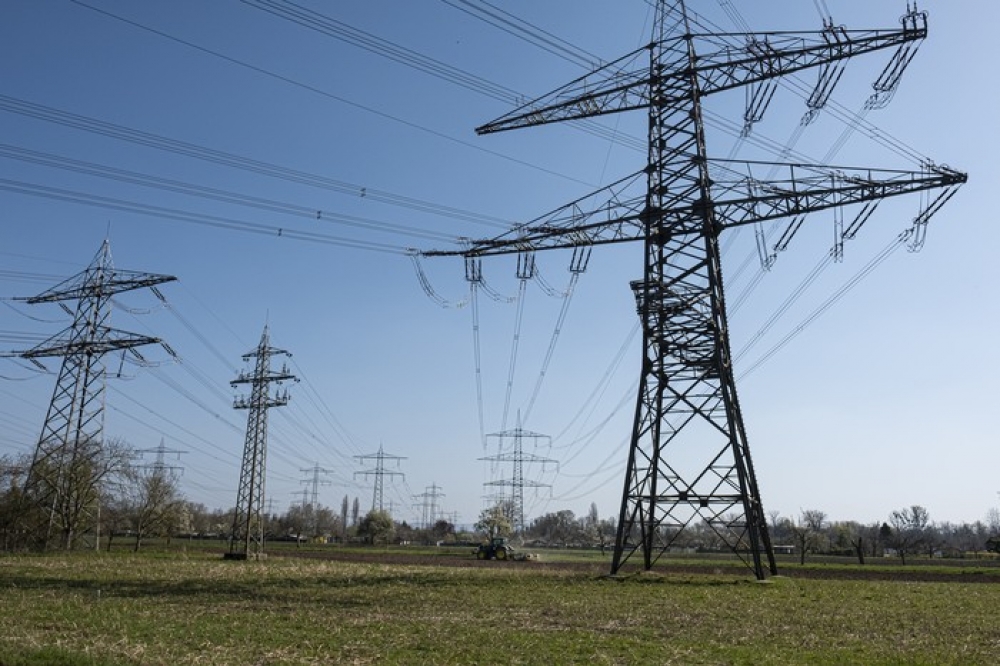Understanding unstable grids

International team develops prediction tool to help integrate renewable energy sources
A sustainable energy supply requires the expansion of power grids. However, new transmission lines can also lead to grids becoming more unstable rather than more stable, as would be expected. This phenomenon is referred to as the Braess paradox.
For the first time, an international team, including researchers from the Karlsruhe Institute of Technology (KIT), has now simulated this phenomenon in detail for power grids, demonstrated it on a larger scale, and developed a prediction tool, which is to support grid operators in decision-making. The researchers reported their work 'Understanding Braess' Paradox in power grids' in September in the journal Nature Communications .
Integrating renewable sources by upgrading existing lines or adding new ones can make a grid more unstable resulting in power outages. "We then speak of the Braess paradox. This phenomenon states that an additional option leads to a worsening of the overall situation instead of to an improvement," says Benjamin Schäfer, head of the Data-driven Analysis of Complex Systems (DRACOS) research group at the KIT Institute for Automation and Applied Informatics.
The phenomenon is named after the German mathematician Dietrich Braess, who first discussed it for road networks: Under certain conditions, the construction of a new road can increase the travel time for all road users. This effect has been observed in traffic systems and been discussed for biological systems. For power grids, it has so far only been predicted theoretically and illustrated on a very small scale.
Researchers led by Schäfer simulated the German power grid, including planned reinforcements and expansions. In an experimental setup in the laboratory showing the Braess paradox in an AC grid, the researchers observed the phenomenon in simulation and in experiment, placing special emphasis on circular flows. The latter are crucial to understanding the Braess paradox: A power line is improved, for example, by reducing its resistance, and can then carry more current. "Due to conservation laws, this gives rise to a new circular flow, and more current then flows in some lines and less in others," Schäfer explains. "This becomes a problem when the most loaded line has to carry even more current, becomes overloaded, and eventually has to be shut down. This makes the grid more unstable and, in the worst case, it collapses."
Most power grids have sufficient spare capacity to withstand the Braess paradox. When building new lines and during operation, grid operators examine all possible scenarios. However, when decisions have to be made at short notice, for example to shut down lines or shift power plant output, there is not always enough time to run through all scenarios. "Then you need an intuitive understanding of circular flows to be able to assess when the Braess paradox occurs and thus make the right decisions quickly," says Schäfer.
Together with an international and interdisciplinary team, the scientist has therefore developed a prediction tool to help grid operators take the Braess paradox into account in their decisions. “The results of the research have enabled a theoretical understanding of the Braess paradox and provided practical guidelines for planning grid expansions sensibly and supporting grid stability,” Schäfer says.



































